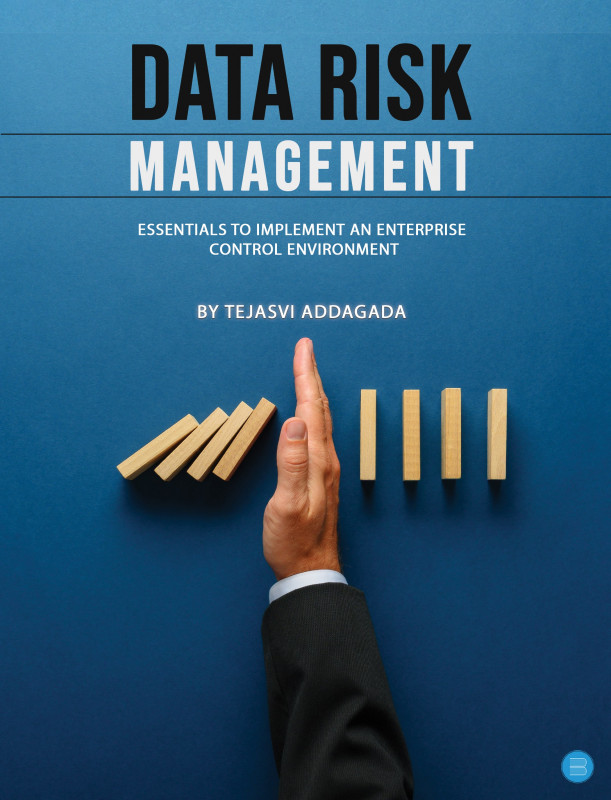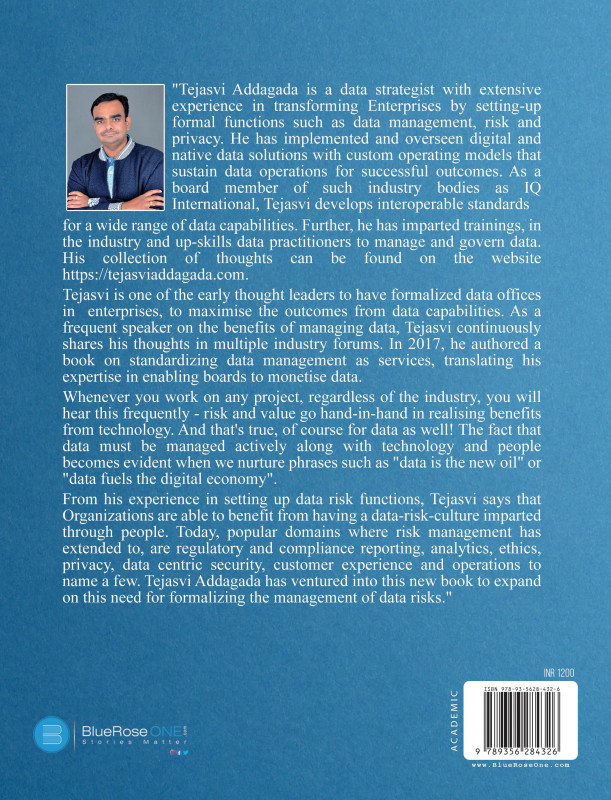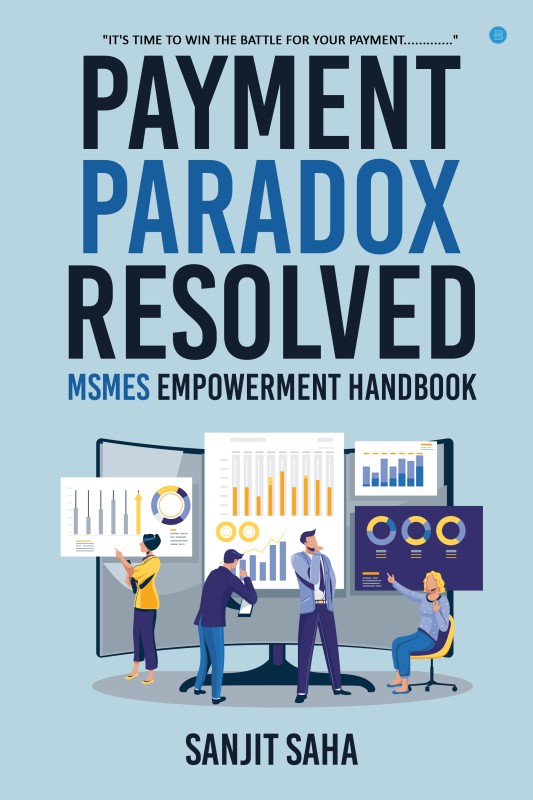Data Risk Management: Essentials to Implement an Enterprise Control Environment
by Tejasvi Addagada | 06-Jul-2022
(0)
You must hear this often if you manage any kind of risk - risk and value go together. And that's true, of course for data! Both data and its infrastructure must be managed for their benefits and risks. The purpose of the book is to elaborate on th...
Original
Books
Fastest
Delivery
7-day
Replacement
Book Details
- Language : English
- Pages : 112
- ISBN : 9789356284326
- Genre: ACADEMIC
- Size : 5" x 8"
- Binding Type : PAPERBACK
- Age Group: + Years
- Paper Type : WHITE PAPER
- Interior : COLOR
- Cover : GLOSS FINISH
- Book Type : PAPERBACK
- Tags : Data Risk Management,Essentials to Implement an Enterprise Control Environment,Academic
-
Best Sellers Rank :
#65 in Academics
#365 in Global
Reviews
There are no reviews for this product yet.

 USD
($)
USD
($) AUD
($)
AUD
($) CAD
($)
CAD
($) EUR
(€)
EUR
(€) HKD
($)
HKD
($) MYR
(RM)
MYR
(RM) GBP
(£)
GBP
(£) SGD
($)
SGD
($)








